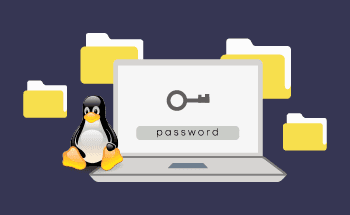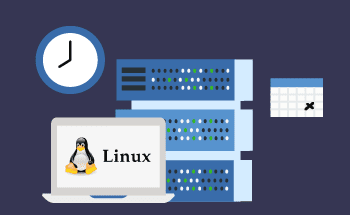How and why you should regularly update your CMS
14:55, 27.09.2022
Regularly updating the CMS is important not only because of the new features and capabilities introduced by developers with the release of patches and versions but also for security reasons. The thing is that there are necessarily some vulnerabilities in any software – hackers are not always aware of them, and developers themselves sometimes face surprises. If a vulnerability has been discovered, with a conscientious approach to the development process, an update will be released shortly after that, eliminating the "gap in defense". Well, the sooner you, as a CMS user, receive this update, the lower the risk that attackers will be able to take advantage of the vulnerability to extract benefits.
The second important point is the presence of bugs and glitches. No matter how hard the testers try, no matter how many hours they test the product before release, the software will contain bugs in any case. Simply because it is almost impossible to polish the software perfectly. CMS patches and updates allow you to eliminate various small and large bugs detected by users and documented in their reports. Thus, the more recent version of CMS you have, the better. This is especially important in relation to large and popular content management systems, such as WordPress. Because the more functions and features, the higher the probability of bugs and problems.
The last, but not least point is the update of functions and capabilities. For example, together with the largest update for WordPress recently, we added the ability to manage widgets using the block editor, display records with new blocks and patterns, implemented the ability to edit templates for records, and also implemented a new file in theme.json templates. This greatly facilitated the work of webmasters and site developers on WP.
How to update CMS
To update the CMS, you need to collect all accounts with a database, FTP, access to the admin panel, and then make a backup of all files and databases. This is a preparation that allows you to secure the server data just in case.
After that, you can proceed directly to the update – it can be carried out automatically through the CMS administrative panel, or via FTP. In modern content management systems, as a rule, there is a button that allows you to update the engine itself and all the plugins that you have hung on it in one click.
The main thing to remember is to make a backup before updating. Because in some cases, the installed plugins may conflict with the new version of the CMS, and it may happen that you will have to roll back so that the site works normally. This happens, because CMS developers do not always adapt to the creators of plugins, and this is normal.
How do I check if everything has been updated correctly?
When the update is complete, you need to check everything carefully and make sure that all the functions are working correctly. Here's how to do it:
- Conduct a visual inspection to see if the layout of the site is broken and whether all types of pages are displayed correctly.
- Register a new user and make a purchase by going through all the steps from ordering a callback to making a delivery. This is important, because as a result of the update, problems may arise that you, as a web administrator, will not be able to notice, but customers will feel them well.
- Evaluate the work of search filters, pagination, and other structuring elements.
- Check the URL, and the correctness of writing the Title, Description, keys, and descriptions.
If you find any problems during the check, in most cases you will be able to fix everything manually. If not, you will have to roll back to the previously created backup.
Conclusion
Remember that regularly receiving CMS updates can significantly improve the security and functionality of your site, so do not neglect this for the sake of stability. This concludes our material and thanks for your attention.


